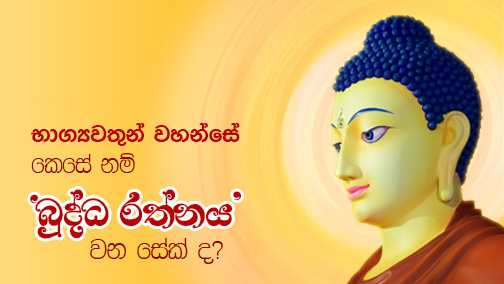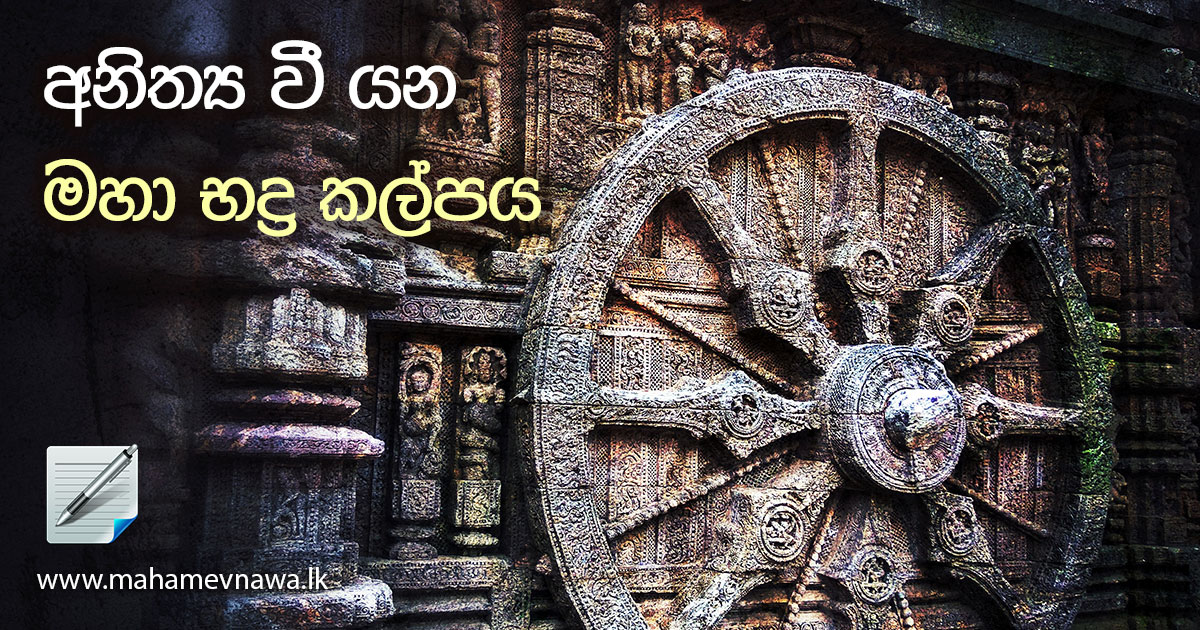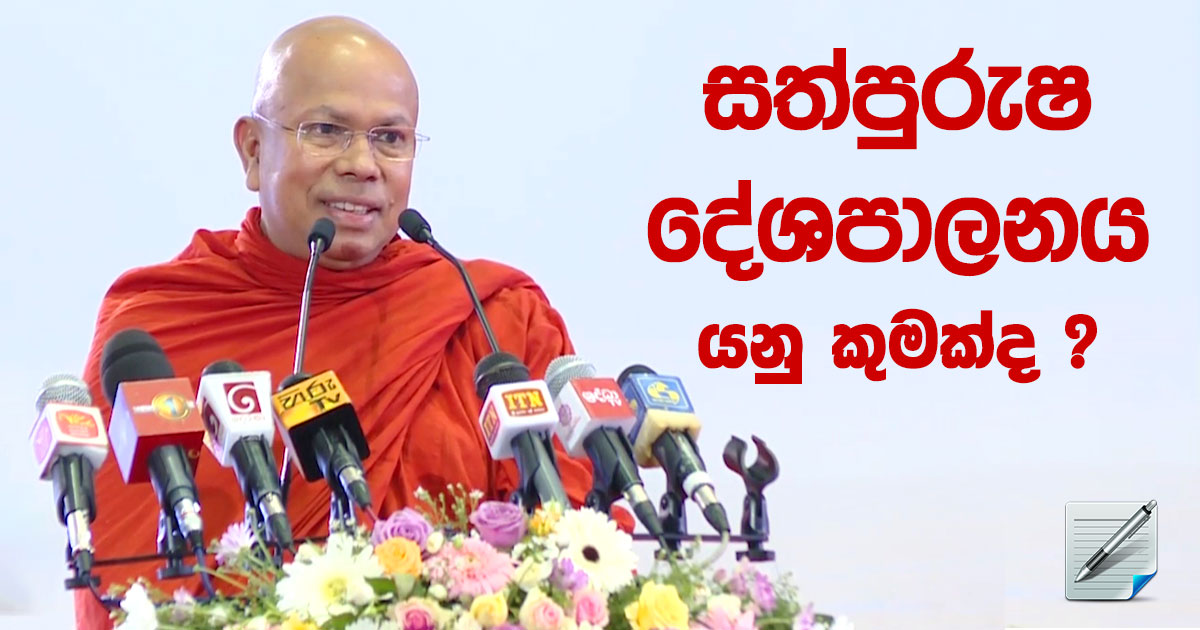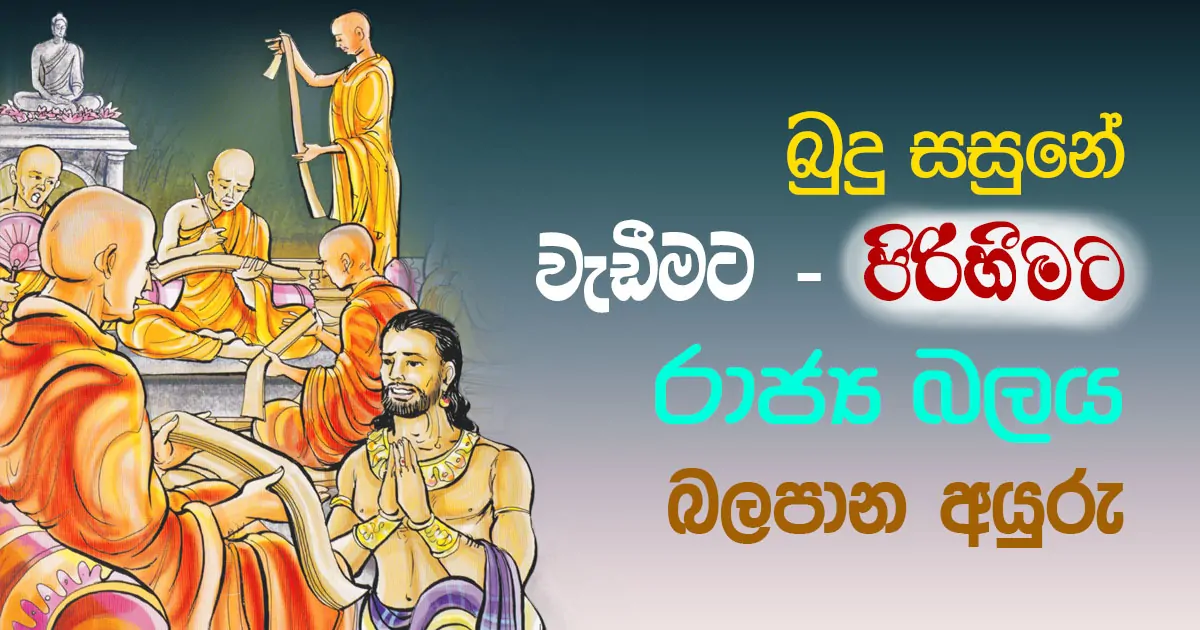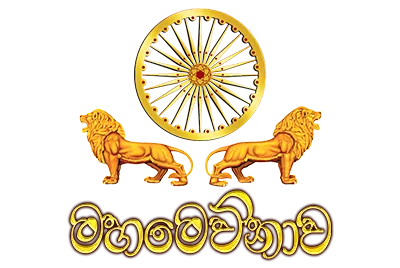All beings in the world are in an interminable journey in the Samsara because of one reason: failure to realize the Four Noble Truths. It is the Four Noble Truths that are disclosed by a Buddha who is born into this world rarely.
That unawareness and the failure to realize the Four Noble Truths is known as the Avijjā (ignorance). It means that the ignorance of ‘the presence of the noble truths of the suffering (Dukkha ariya sachcha), occurrence of the suffering (Dukkha samudaya ariya sachcha), termination of occurrence of the suffering and freeing oneself from it (Dukkha nirōdha ariya sachcha), and the existence of the Noble Eightfold Path to end the suffering (Dukkha nirōdhagamini patipadā ariya sachcha).’ There is no darkness in this world that could be compared to the darkness of the ignorance of the Four Noble Truths. It is indeed an unfathomable darkness. The whole life of a Pruthagjana (a person capable of committing most dreadful sins that would lead him to the great hell) is covered by this ignorance. Therefore, only a wise person with foresight can liberate himself from the suffering by freeing from the state of being Prutagjana and entering into the state of a true believer (Aarya Shrāwaka) of the Triple Gem. Such a wise person would achieve the rarest fortune of attaining enlightenment (Vijjā) by relieving himself from the ignorance, when he/she gets the chance to listen to the Dhamma consists of the Four Noble Truths.
Our great teacher, the Supreme Buddha, revealed the Four Noble Truths to the world in an Esala Poya day (the full moon day of July). When He first preached the sublime Dhamma in the park Migadaya of Isipatana in Baranasi of India, it was the Panchavaggi Bhikkus (the five first disciples of the Buddha) who were fortunate to listen to it. All the Buddhas start preaching the Dhamma by first delivering the Four Noble Truths. Using various fables and stories, the Buddhas continue on showing the Four Noble Truths further in many and remarkable ways. The Supreme Buddha named the Four Noble Truths as the ‘Dhammachakka’. That is why the first discourse of the Gautama Buddha is known as the Dhammachakkapavattana Sutta.
Arahant Sariputta Thero, the wisest of all disciples, was known as the ‘Dhamma Sēnāpati’ (commander in chief) because he had a wonderful talent of spreading Dhammachakka.
The Buddha first showed how a life of a Bhikkhu should be adjusted in order to realize the Four Noble Truths. He taught us about it in the following way:
“Dear Bhikkhus, there are two extremes that the Bhikkhus should not follow.
That is, living a luxury life attached to the passionate things and the pleasure generated from them. This is a baseborn and childish extreme. It belongs to the profane people with false believes. It doesn’t belong to noble persons. It only brings evil results.
Also, if there is a strict asceticism (observation of various rituals and performing severe activities) that stresses and tires you, then it consists of suffering. It does not belong to noble persons. It brings evil results.
Dear Bhikkhus, the Tathāgata realized the Middle Path (the Noble Eightfold Path) without entering into these two extremes.
– Dhammachakkapawattana Sutta (S.N. 5)
At present, most people think that the Middle Path means staying without any attachment and conflict. Some people think that it means living with s middle view. This is in fact a ridiculous saying.
The path and fruition (the states of being and becoming Sōtapanna, Sakadāgāmi, Anāgāmi, and Arahat) can only be achieved by following the Middle Path. That middle path is the Noble Eightfold Path, which brings you the Dhamma Chakkhu (the eye of Dhamma) and wisdom, consoles the defilements, forms special enlightenment, and takes you to the exalted Nirvana.
Therefore, we shall all clearly comprehend the Noble Eightfold Path, as people who are presenting ourselves as the Gautama Buddha’s disciples. If we are trying to give false meanings to the Middle Path, it is indeed the Order of the Gautama Buddha that will vanish as a result of our actions.
“Sammā Ditthi, Sammā Sankappa, Sammā Vāchā, Sammā Kammanta, Sammā Aajeeva, Sammā Vāyāma, Sammā Sati, Sammā Samādhi” is the Noble Eightfold Path.
Sammā Ditthi means one’s realization of the Four Noble Truths. That realization is categorized into three states: Sattya Gnāna, Kruttya Gnāna, and Kruta Gnāna.
The disciple will first attain the Sattya Gnāna, which means that the disciple will gain a wisdom that will allow him to see that the suffering, cause for suffering, cessation of suffering, and path to ceasing the suffering (the Noble Eightfold Path) as noble truths. When the disciple attains this state of realization, three fetters (Sanyōjana) will be eradicated from him. Those fetters are the Sakkāya Ditthi, Vichikichchā, and Selabbata Parāmasa.
In the next step, he will clearly identify what needs to be done for each noble truth: the suffering needs to be realized; the cause (desire) to the suffering needs to be eradicated; cessation of the suffering or the eradication of the desire needs to be experienced; and the Noble Eightfold Path to the cessation of the suffering needs to be practiced. One needs practice the Yōniso Manasikāra (mindfulness) to succeed in this endeavor. This is what’s called the Kruttya Gnāna. It is indeed the Noble Eightfold Path that is being developed. By completing the Noble Eightfold Path, the realization of the Four Noble Truths will be fulfilled. This is the Kruta Gnāna.
A disciple identifies all these based on the Sammā Ditthi. This is the reason why the Sammā Ditthi is the first item in the Noble Eightfold Path. The Sammā Ditthi and Sammā Sankappa belong to the wisdom. Sammā Vāchā, Sammā Kammanta and Sammā Aajeeva belong to the virtue (Seela). Sammā Vāyama, Sammā Sati and Sammā Samādhi belong to the Samādhi.
Since the order of Pagnā-Seela-Samādhi make sense to some people, they say the proper order should be the Pagnā-Seela-Samādhi and not the Seela-Samādhi-Pagnā.
However, the path is developed within the Seela-Samādhi-Pagnā, as it is obvious to the disciples who know the Dhamma properly. This is how it happens:
The disciple who attained the Sattya Gnāna through the Sammā Ditthi will become knowledgably virtuous based on the Sammā Ditthi. He will discipline himself in the four Satipatthanas (the four applications of the mindfulness) and develop a tranquil mind. In order to attain the Kruttya Gnāna, he will practice the Vipassanā (contemplating the true nature of the life, body, or the five clinging). In this way, he will be able to develop the Noble Eightfold Path within the Seela, Samādhi and Pagnā. The suffering, which needs to be realized, will be realized as a result of practicing the Noble Eightfold Path; the cause to the suffering that needs to be eradicated will be eradicated; the cessation of suffering that needs to be experienced will be experienced; practicing of the noble path that needs to be practiced to eradicate the suffering will be completed.
As a result of realizing the Four Noble Truths, the ignorance will be eliminated and the absolute wisdom (Vijjā) will be emerged. The journey of being born, dying, born, and dying again in the Samsara will be ended. The great enlightenment will be attained. This Four Noble Truths is what the Buddhas of remarkable qualities and wisdom reveal to the world. This is the roar or the fearless voice of the Supreme Buddhas.




